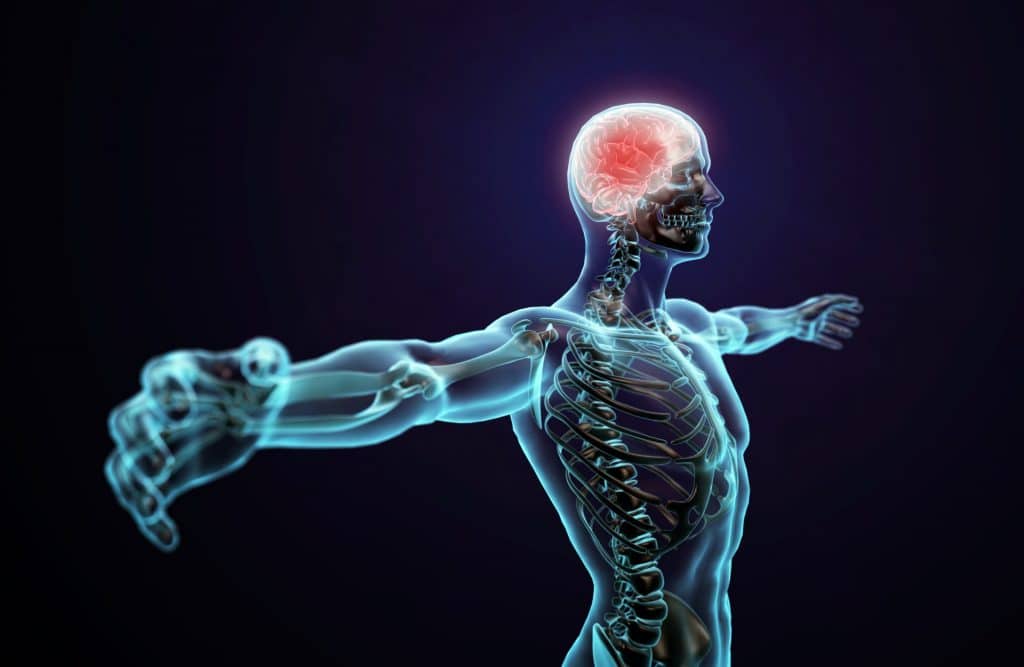No products in the cart.
Blog
CBD and our Endocannabinoid System
By: Dr. Alex Capano
What Does the Endocannabinoid System do?
Although not widely taught in school, the endocannabinoid system is present in all humans and vertebrates. It is present throughout the brain, the central nervous system and the periphery. It is both exceedingly complex and poorly understood by many. We know that the endocannabinoid system plays a role in a host of homeostasis activities, including mood, the sleep/wake cycle, the HPA axis, inflammatory responses & immunomodulation and more. This happens naturally with endogenous cannabinoids (meaning the cannabinoids our own bodies produce), such as 2-Arachidonoylglycerol (2-AG) and N-arachidonylethanolamine (anandamide). When someone experiences a “runner’s high,” that’s the endocannabinoid system working.
Two Major Receptors in our Body
The two major receptors of the endocannabinoid system are G-Coupled protein receptors, known as CB1 and CB2 receptors. CB1 receptors exist in the central nervous system and are abundant in the brain. CB2 receptors have a limited presence in the brain and exist mostly in the periphery, including immune cells, reproductive organs, the gastrointestinal tract, and more. CB1 receptors help control neuronal synapses, whereas CB2 receptors exist primarily on inflammatory cells and have the potential for enormous effects on inflammatory responses. These receptors modulate cellular function locally, but they also affect other cells through paracrine signaling. Therefore, multiple targets can be influenced by cannabinoids activity on CB1 and CB2 receptors.

How do Plant-derived Cannabinoids Work?
In addition to producing endogenous cannabinoids, activating the endocannabinoid system can be achieved through plant-derived, exogenous cannabinoids. CBD has a low affinity for CB1 and CB2 receptors, but it does alter activity within the cells to manipulate the endocannabinoid system and promote a desired response. THC, however, causes intoxication, euphoria, and even psychoses by binding to CB1 receptors. CBD does not bind to CB1 receptors and is not psychoactive. Still, CBDs therapeutic and anti-inflammatory potential is profound.
The mechanisms of action of CBD are many, and some are not yet fully understood. One way CBD works is by increasing the endogenous cannabinoid, anandamide. Aptly named “the bliss molecule,” anandamide promotes elevated mood, while influencing pain, fertility and more. Preliminary research supports that anandamide may increase neurogenesis, particularly in the hippocampus, an area of the brain that impacts anxiety, depression and cognition. CBD enhances anandamide levels by inhibiting reuptake and prolonging its otherwise rapid half-life. Additionally, research supports that CBD works on serotonin, dopamine, opioid, and NMDA receptors and even TRP channels to influence pain, mood, seizure activity, and associated chronic disorders.
Source https://www.anandahemp.com/our-endocannabinoid-systemcbd/

